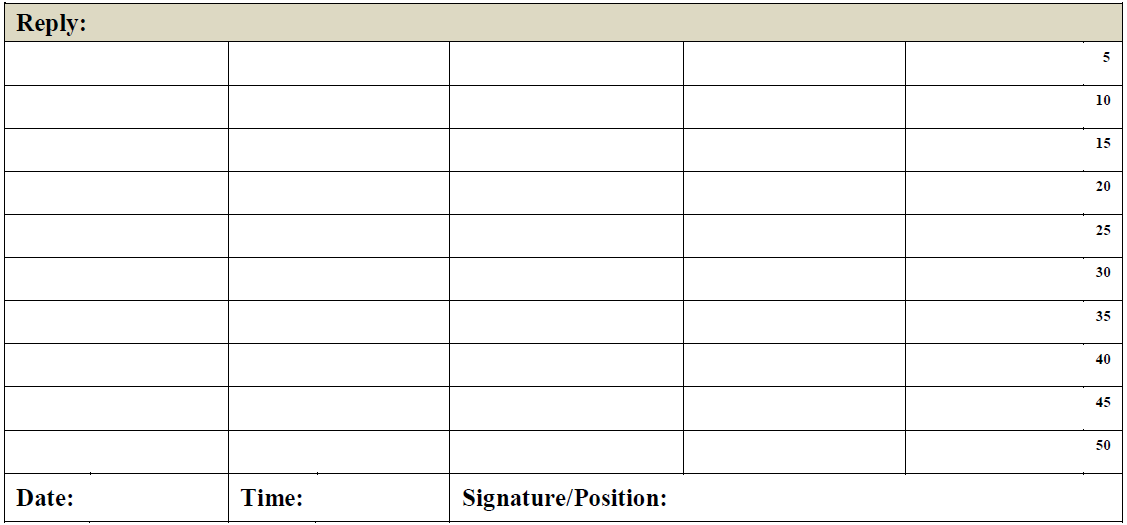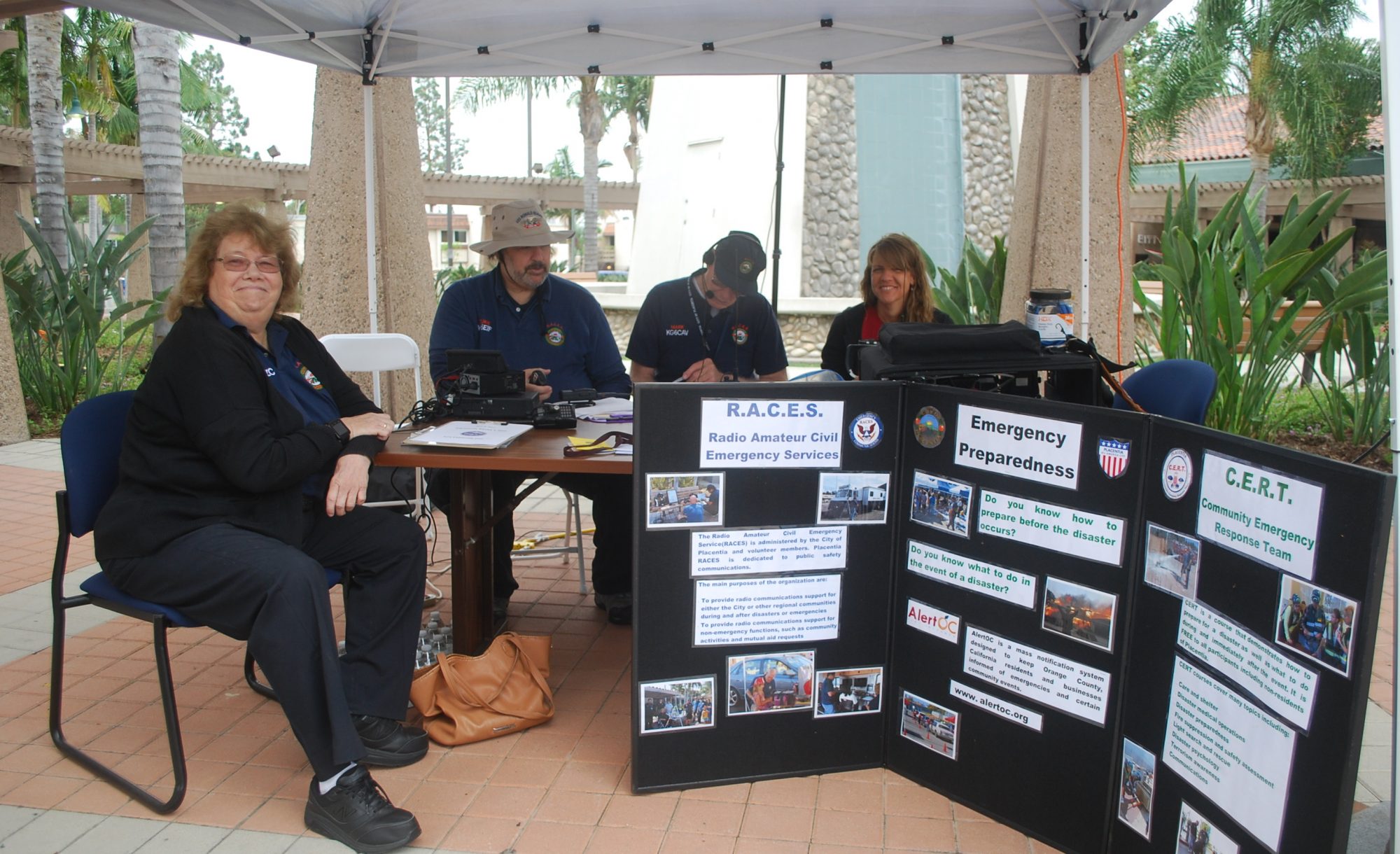RACES members should be familiar with official message form, ICS-213, which is often used during emergency incidents. Please look this form over and be able to use this form when needed. Any ham radio operator that works the emergency command center radios will especially need to know how to use this form. When RACES members out in the field report to the EOC, the radio operator working the EOC radios will probably need to originate this form.
Purpose of the ICS-213:
-
- The ICS-213 provides a formal message format that offers a way more clear and professional communication than voice. Here are the following aspects for that form:
- Necessary and vital message components are included that convey a complete message.
- This is a formal message format really guarantees that the message does not change when passed from one participant to another.
- The message form acts as reliable reference to be referred to if needed at any time. If the message needs to be send to a recipient another time (again) or if the message needs to be relayed to a new recipient this form better ensures perfection.
- The message form acts as part of any after action evaluation of the incident.
- The ICS-213 provides a formal message format that offers a way more clear and professional communication than voice. Here are the following aspects for that form:
There are 3 major parts of the ICS-213:
-
- Header
- “Reply on” is the frequency to be used for any response.
- “PL” tone if one is used with this frequency.
- Message “Number”, meaning each message should be increased in number by one.
- “Precedence (circle one)” shows the level of importance the message has: Emergency, Priority, Routine.
- “From/To Station” is the call sign of the stations.
- “Place of Origin”: your location.
- “Time Sent/Recv’d” is the hour and minute that the message is sent or received.
- “Date Sent/Recv’d” is for the date when the message is sent or received
- Header

-
- Body = message content, (see image below). Note that each block is for one single word. Please print legibly. Be precise and concise in the message.
It would be wise to count the total number of words used in the message body and convey that number separate from the body content. (This is some times called the CHECK and better ensures that the body message content is precise, nothing is missing.) Place the check number to the right of where you see “Message Body:”.

-
- Signature = name of the person who originates the message. Position of that person.
- Next section, (see image below), is the reply portion of the message form. This is similar to the received message part. If there is any reply to this message, you write it in this portion of the form. Each block is for a single word. Typically, you will be told that you are about to sent a reply to a prior sent message number and pull that prior message out to add the reply to that message.

_____________________________
Note that the ICS-213 form is really basic. Some RACES organizations might add to this message form, typically the header portion, where they might requite some added message origination particulars:
FIRST POSTED FEB 14, 2020 (BEING EDITED)
REVIEWED AND RECOMMENDATIONS FROM MARK GARRETT
